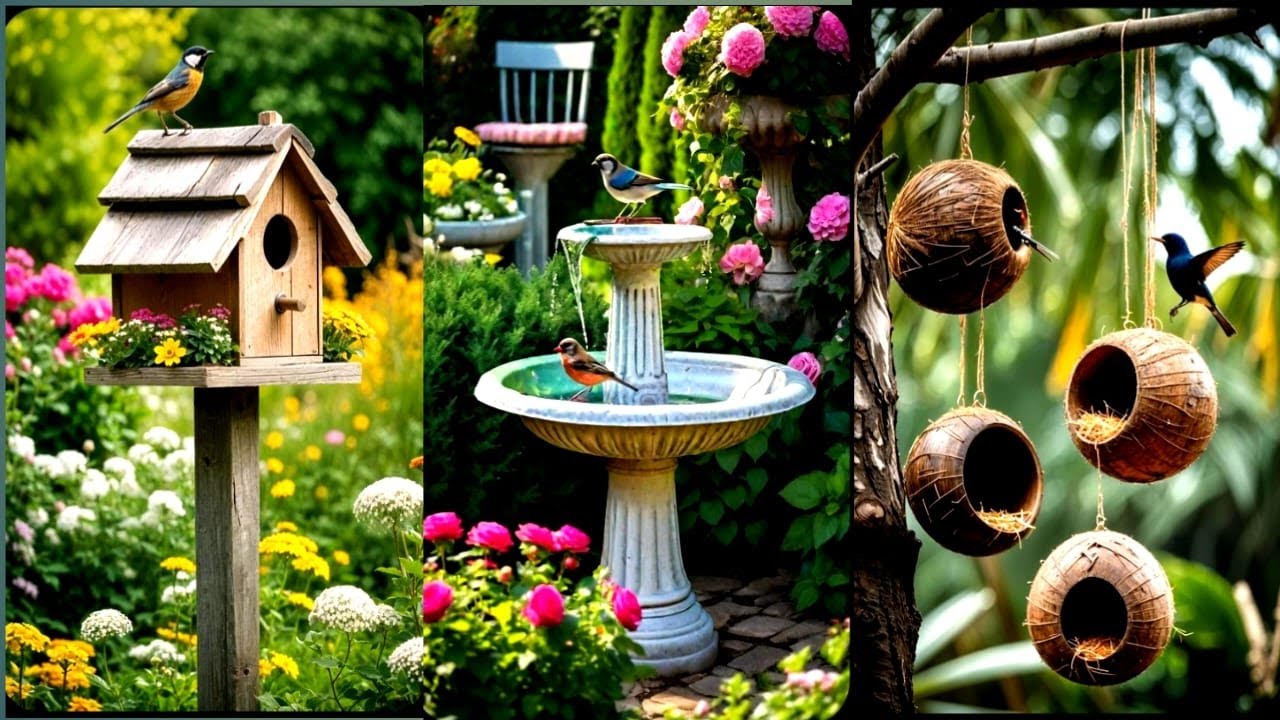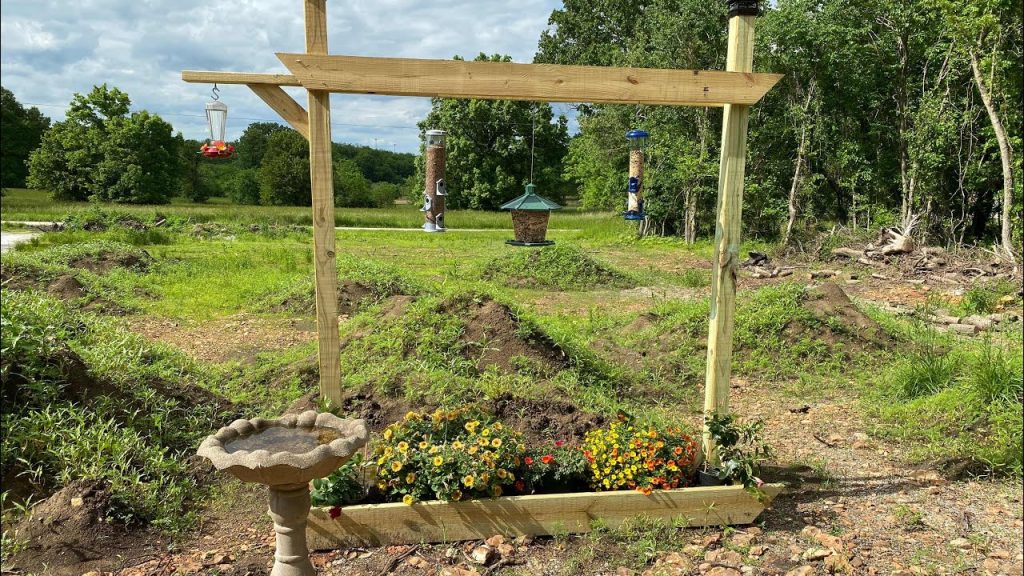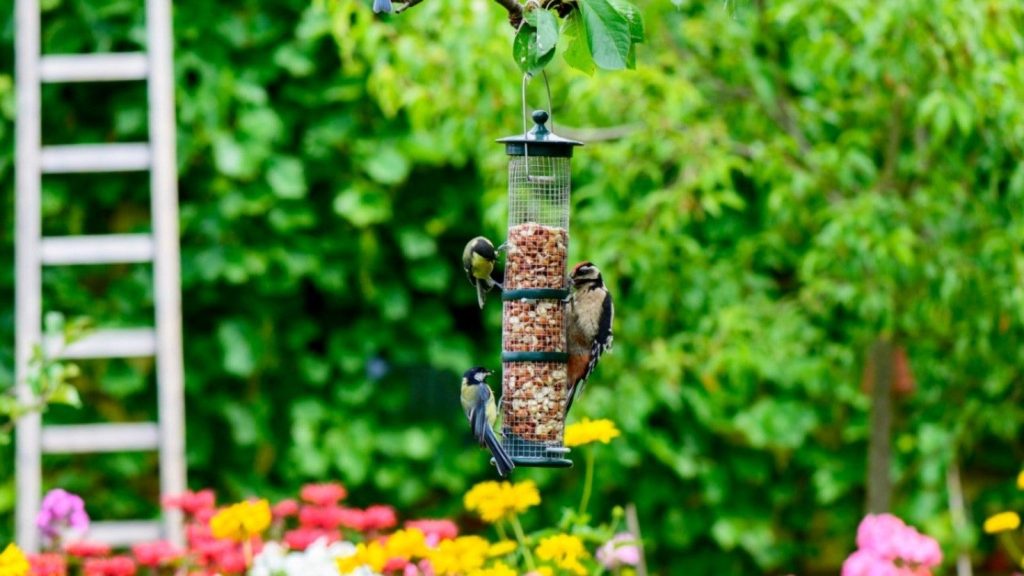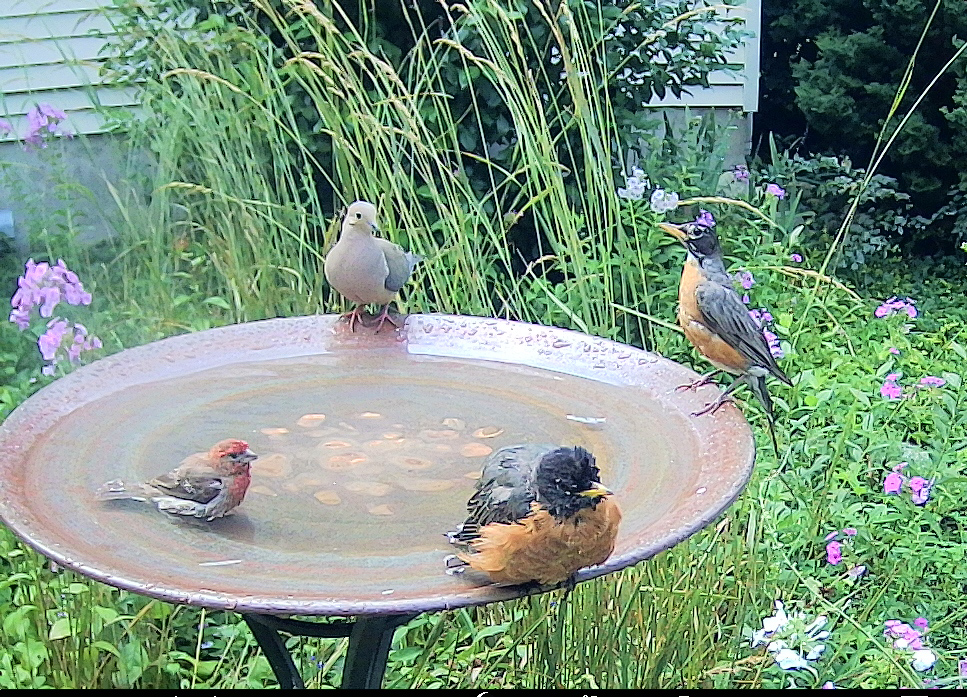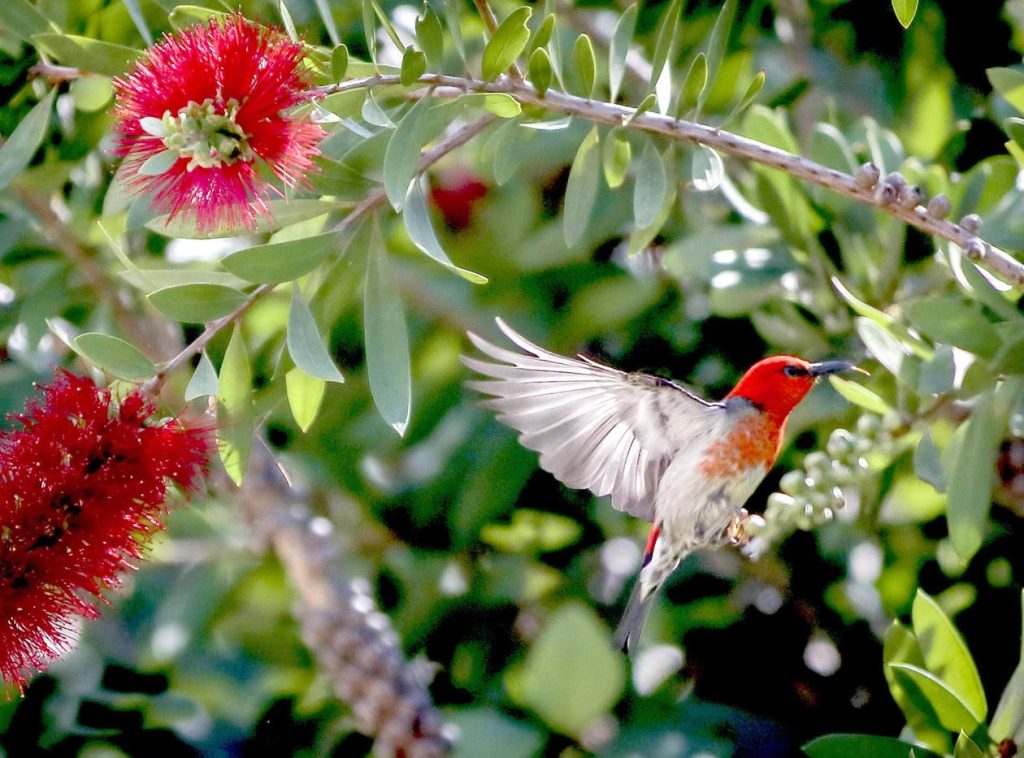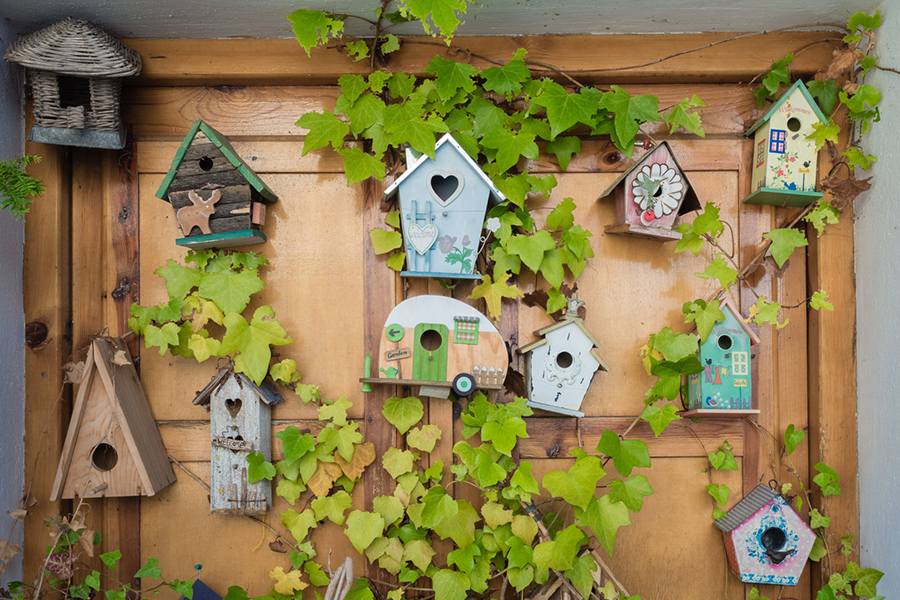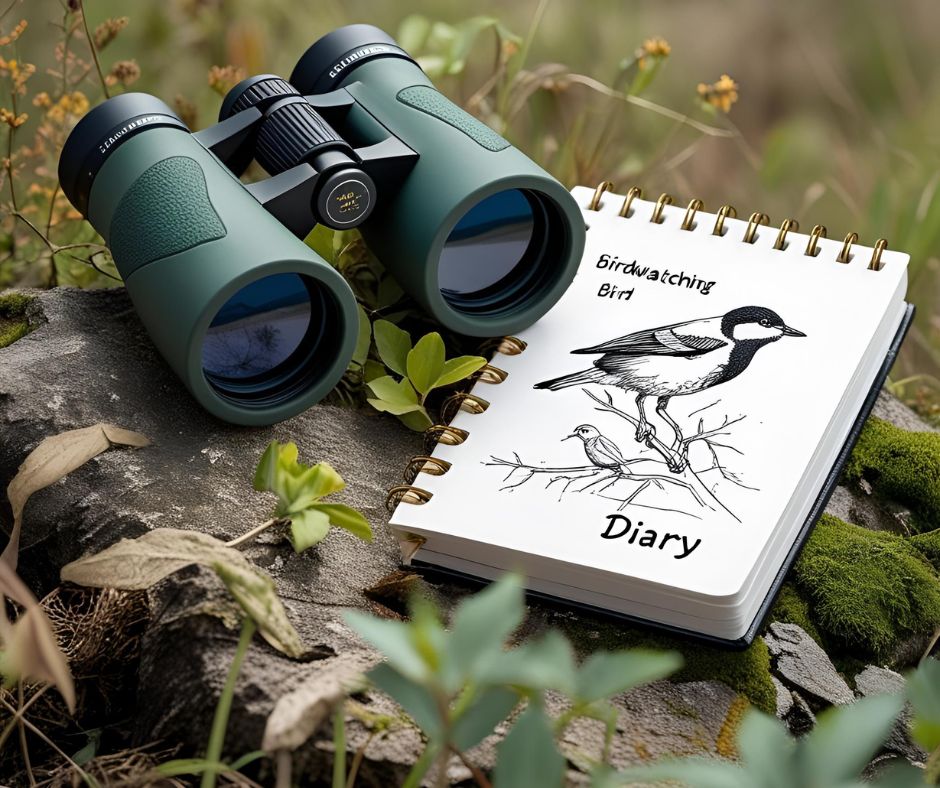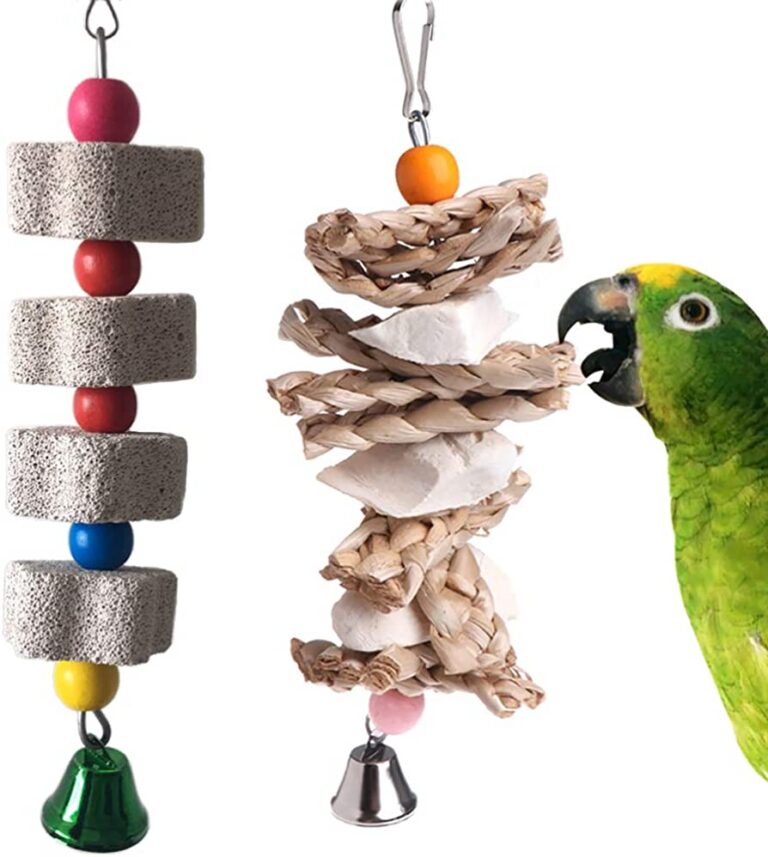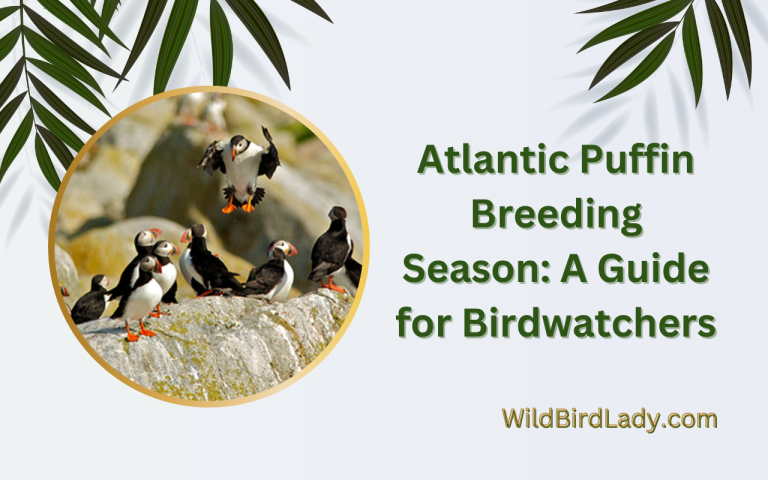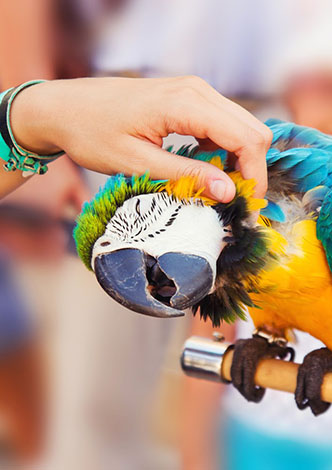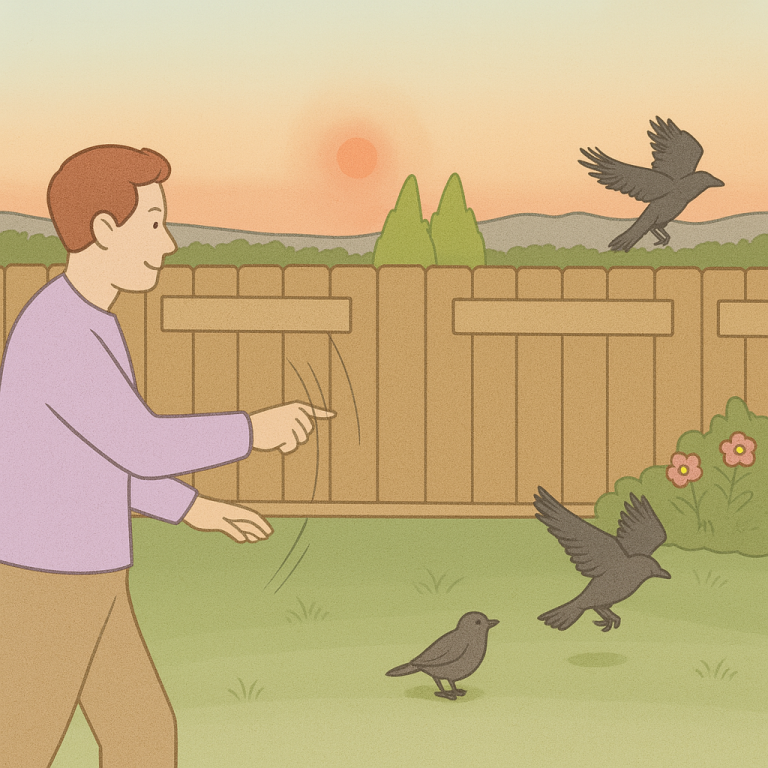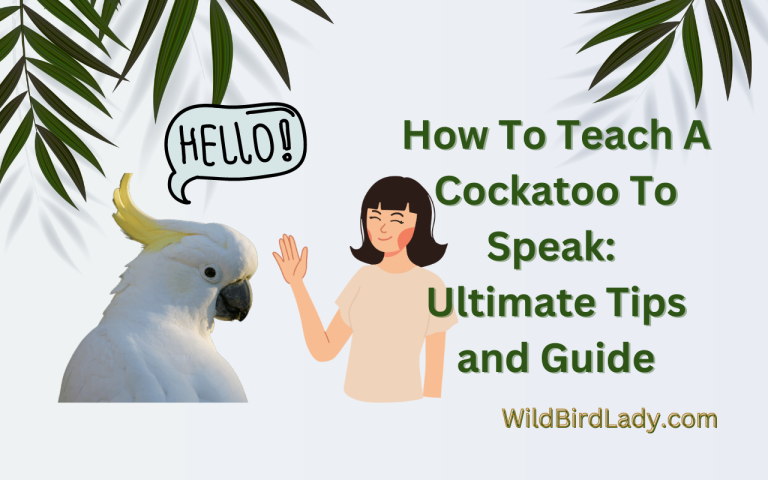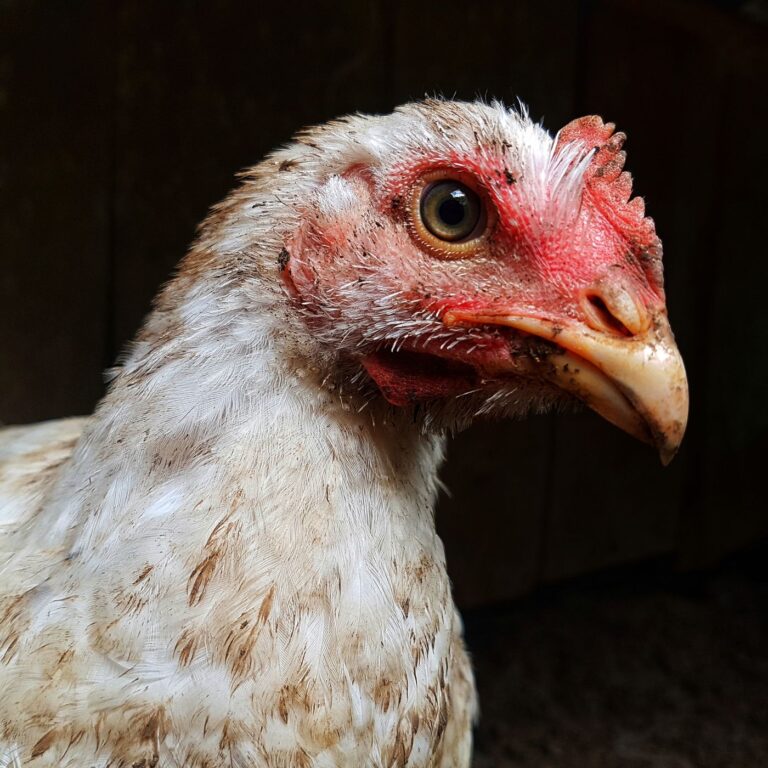How to Create a Bird-Friendly Backyard
Over the past 13 years, I’ve spent countless mornings with a pair of binoculars in hand, marveling at the flurry of feathers in both urban parks and rural landscapes. But one of the most rewarding birdwatching experiences I’ve ever had wasn’t deep in the woods—it was in my own backyard.
If you’ve ever wondered how to attract more birds to your outdoor space, you’re not alone. Creating a bird-friendly backyard is not just a hobby—it’s a way to support local biodiversity, help migratory species, and reconnect with nature in your daily life.
In this comprehensive guide, I’ll walk you through everything I’ve learned—from the types of food and shelter birds prefer to expert tips that will make your backyard a haven for avian visitors.
Why Backyard Birding Matters
Before we dive into the how, let’s explore the why. Bird populations have been declining rapidly in North America. According to a 2019 study published in Science, the continent has lost nearly 3 billion birds since 1970. Habitat loss is one of the leading causes.
That’s where you come in.
Even a small backyard or balcony can provide essential resources for birds: food, water, shelter, and nesting sites. By turning your space into a bird-friendly oasis, you’re doing your part to protect vulnerable species.
Step 1: Offer a Variety of Bird Food
Know Your Local Birds
The first step in attracting birds is understanding which species are common in your area. In my yard here in the southeastern U.S., I regularly see cardinals, chickadees, blue jays, house finches, and woodpeckers. Use apps like Merlin Bird ID or websites like All About Birds by the Cornell Lab to identify the birds in your region.
Best Bird Foods to Offer
Here’s a breakdown of popular food types and the birds they attract:
- Black-oil sunflower seeds – A favorite for cardinals, finches, and chickadees.
- Nyjer (thistle) seed – Perfect for goldfinches and pine siskins.
- Suet – Great for woodpeckers, nuthatches, and winter visitors.
- Millet – Loved by doves, sparrows, and juncos.
- Fruit (apples, oranges, raisins) – Attracts orioles, robins, and waxwings.
- Mealworms – Irresistible to bluebirds, wrens, and robins.
Want to dive deeper into what specific birds eat? Explore my Bird Diet category for detailed feeding guides on everything from parrots to oystercatchers.
Use the Right Feeders
Each type of bird prefers a specific feeder style:
- Tube feeders for finches and chickadees
- Hopper feeders for cardinals and grosbeaks
- Platform feeders for mourning doves and jays
- Suet cages for woodpeckers
- Oriole feeders for nectar and fruit
Always keep feeders clean to prevent disease. I clean mine with a diluted bleach solution every two weeks—especially in summer.
Step 2: Provide a Reliable Water Source
Water is just as important as food, and it will attract species that don’t visit feeders. I’ve seen everything from hummingbirds to hawks using my backyard birdbath.
Birdbath Tips
- Keep it shallow – No more than 2 inches deep.
- Place it near shrubs for quick escape cover.
- Clean it every 3–4 days to prevent algae and mosquito larvae.
- Use a heater in winter if you live in cold climates.
A moving water feature—like a small solar fountain—can increase visits dramatically. Birds are drawn to the sound and sight of moving water.
Step 3: Grow Native Plants
If there’s one thing I’ve learned over the years, it’s this: nothing attracts birds more consistently than native plants.
Native trees, shrubs, and flowers provide:
- Natural food (berries, nectar, seeds)
- Shelter from predators
- Nesting materials and sites
- Insect populations (which feed 96% of backyard birds)
Top Native Plants for Birds
Here are a few native plants worth considering (check with your local extension office for regional varieties):
- Eastern Red Cedar – Offers berries and cover
- Serviceberry – Provides summer fruit
- Purple Coneflower – Seeds loved by goldfinches
- Bee Balm – Attracts hummingbirds
- Oak Trees – Support hundreds of insect species
Want to specifically attract hummingbirds? Check out my detailed guide on best plants for hummingbirds, with native species recommendations for every region.
Avoid invasive species like Japanese honeysuckle or English ivy. They may be pretty but do little for bird life.
Step 4: Create Shelter and Nesting Sites
Birds need safe places to hide from predators, sleep, and raise their young. I always recommend layering your landscape—think tall trees, mid-size shrubs, and ground cover.
Natural Shelter
- Evergreens are excellent for year-round cover.
- Dense shrubs like viburnum or holly offer secure nesting spots.
- Brush piles made from sticks and yard trimmings are great for wrens and sparrows.
Nesting Boxes
Not all birds build nests in trees—many rely on cavities.
Install nesting boxes for:
- Bluebirds – Open fields or yards with few trees
- Chickadees & Nuthatches – Wooded edges
- Wrens – Near shrubs or brush piles
- Owls – Large boxes on tree trunks
Make sure to clean nesting boxes out annually in late fall, and mount them away from direct sun or prevailing winds.
Step 5: Keep Your Backyard Safe
Nothing is more heartbreaking than seeing a predator or hazard disrupt your bird haven. Here are a few hard-earned lessons:
Reduce Window Strikes
- Use UV-reflective decals or Zen curtains
- Place feeders either within 3 feet or over 30 feet from windows
I’ve written a full guide on how to prevent birds from hitting windows, including tested DIY methods and the science behind why strikes happen.
Keep Cats Indoors
Outdoor cats kill an estimated 2.4 billion birds each year in the U.S. alone. If you own a cat, consider supervised outdoor time or “catios.”
Skip Chemicals
Pesticides, herbicides, and synthetic fertilizers harm the insects that birds rely on—especially during breeding season. Go organic or use natural alternatives.
Step 6: Make It Year-Round
Many people assume birdwatching is just a spring and summer activity. Not true. Winter birding can be just as lively if your backyard provides what birds need.
Winter Tips:
- Keep feeders full during snow or ice.
- Offer suet and high-fat seeds.
- Install roosting boxes or leave dead trees for cavity roosters.
- Maintain heated water sources.
Migratory birds like dark-eyed juncos or red-breasted nuthatches may become winter regulars.
Bonus: Add Birdwatching Features
To fully enjoy your bird-friendly space, consider adding:
- A bird journal to record sightings and behaviors
- A spotting scope or binoculars
- Educational signage for kids and guests
- A camera or trail cam for capturing visits
Some of my most memorable encounters—like a Cooper’s hawk taking a bath—were caught because I had my camera nearby.
If you’re new to birdwatching or want to deepen your skills, explore my full Birdwatching Guide for gear tips, field observation techniques, and how to ID birds like a pro.
Common Mistakes to Avoid
After more than a decade of trial and error, I’ve made my fair share of mistakes. Here are some to steer clear of:
- Using cheap birdseed filled with filler grains (like milo)
- Placing feeders in windy, exposed locations
- Forgetting to clean water dishes or feeders regularly
- Over-pruning bushes during nesting season
- Not providing shelter close to open feeders
Final Thoughts: Start Small, Stay Consistent
You don’t need to transform your yard overnight. I started with one feeder and a birdbath—and within weeks, my yard came alive with song. Over time, you’ll learn what works best for your local birds, and the joy of seeing new species will keep you motivated.
Creating a bird-friendly backyard isn’t just a gift to the birds—it’s a gift to yourself. Every time I see a family of cardinals nesting in my holly bush or watch goldfinches flutter among coneflowers, I’m reminded that small actions can have big impacts.
FAQs: Creating a Bird-Friendly Yard
Q: How long does it take for birds to start visiting my backyard?
A: It can take a few days to a few weeks. Consistency with food, water, and shelter is key.
Q: Can I attract hummingbirds without a feeder?
A: Yes! Plant native flowers like bee balm, columbine, or trumpet vine.
Q: What should I avoid feeding birds?
A: Bread, salty snacks, spoiled seeds, and dyed sugar water. These can harm birds.
Q: Are birdhouses and nesting boxes the same thing?
A: Yes, the terms are often used interchangeably. Just make sure they’re built to the right size and standards for the species you want to attract.
If you enjoyed this guide, you might also like my article on Backyard Birding Essentials. For more tips and species guides, explore the homepage.

